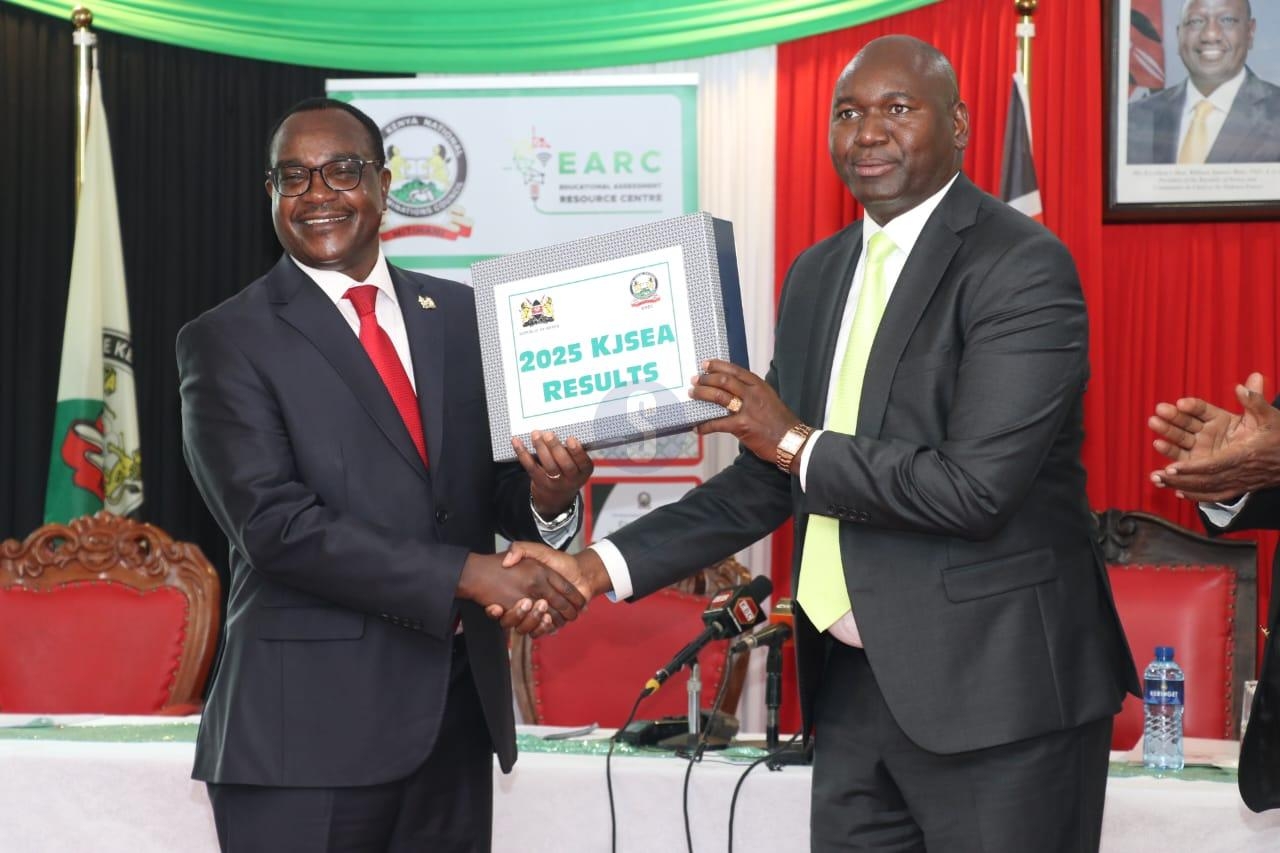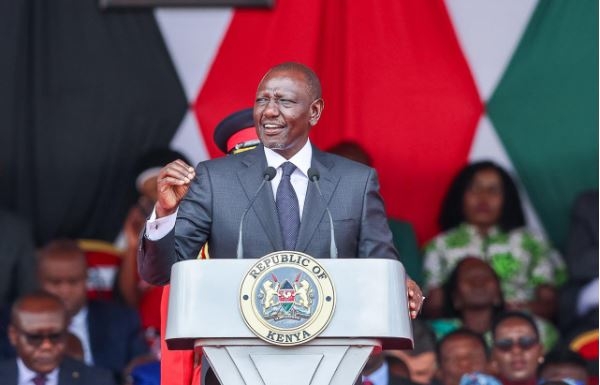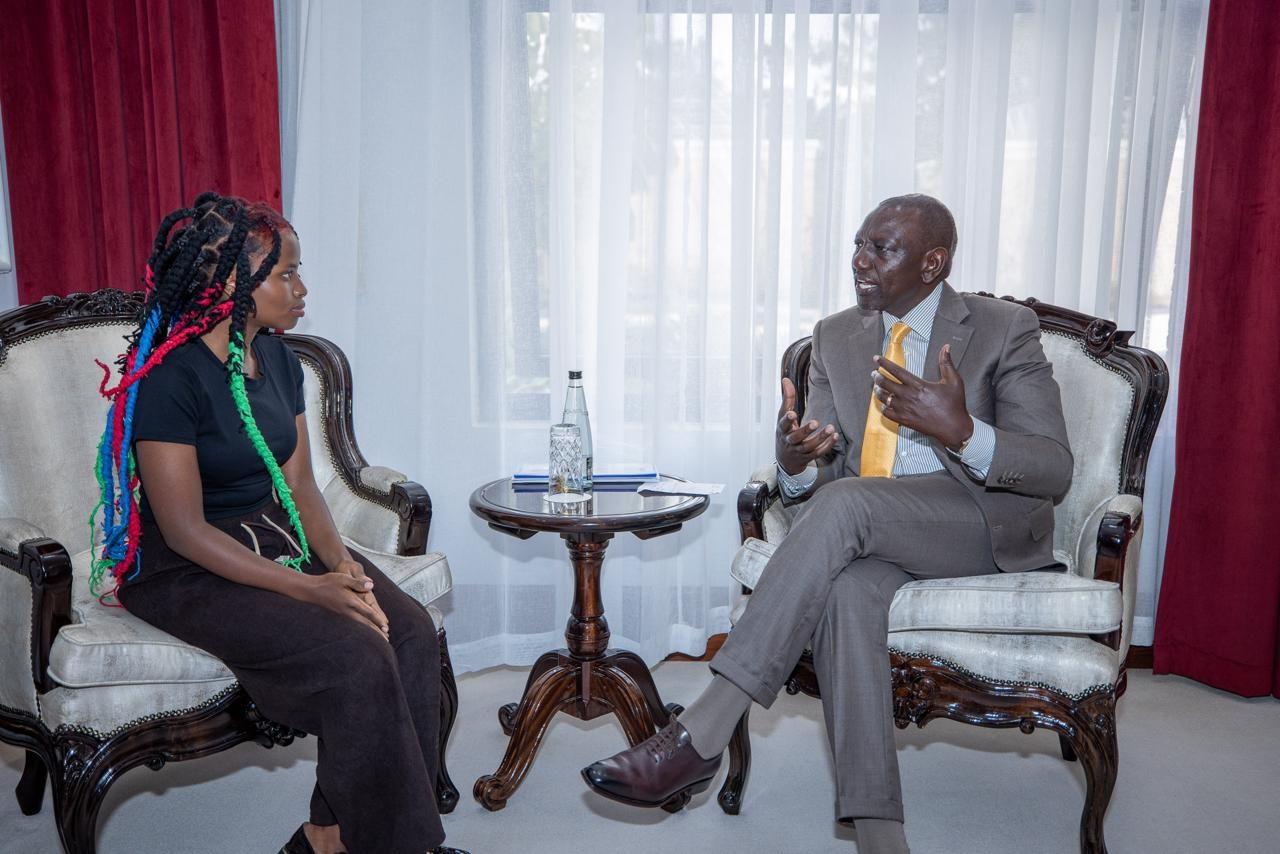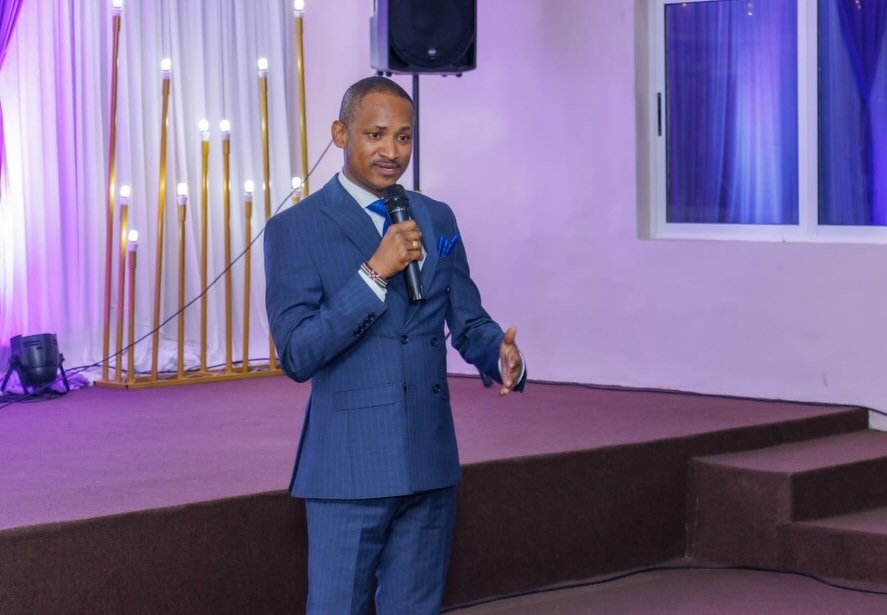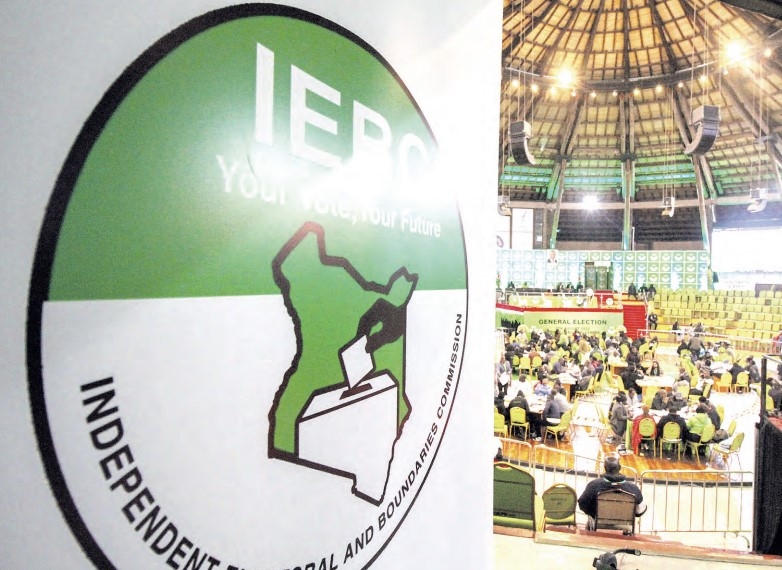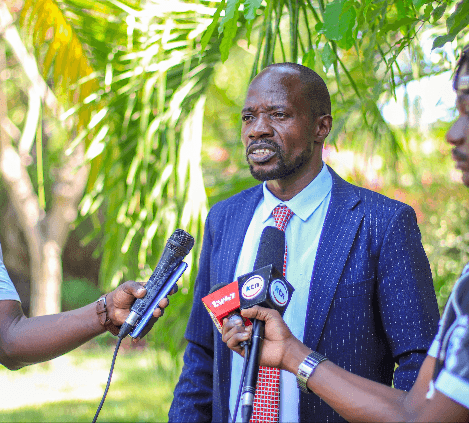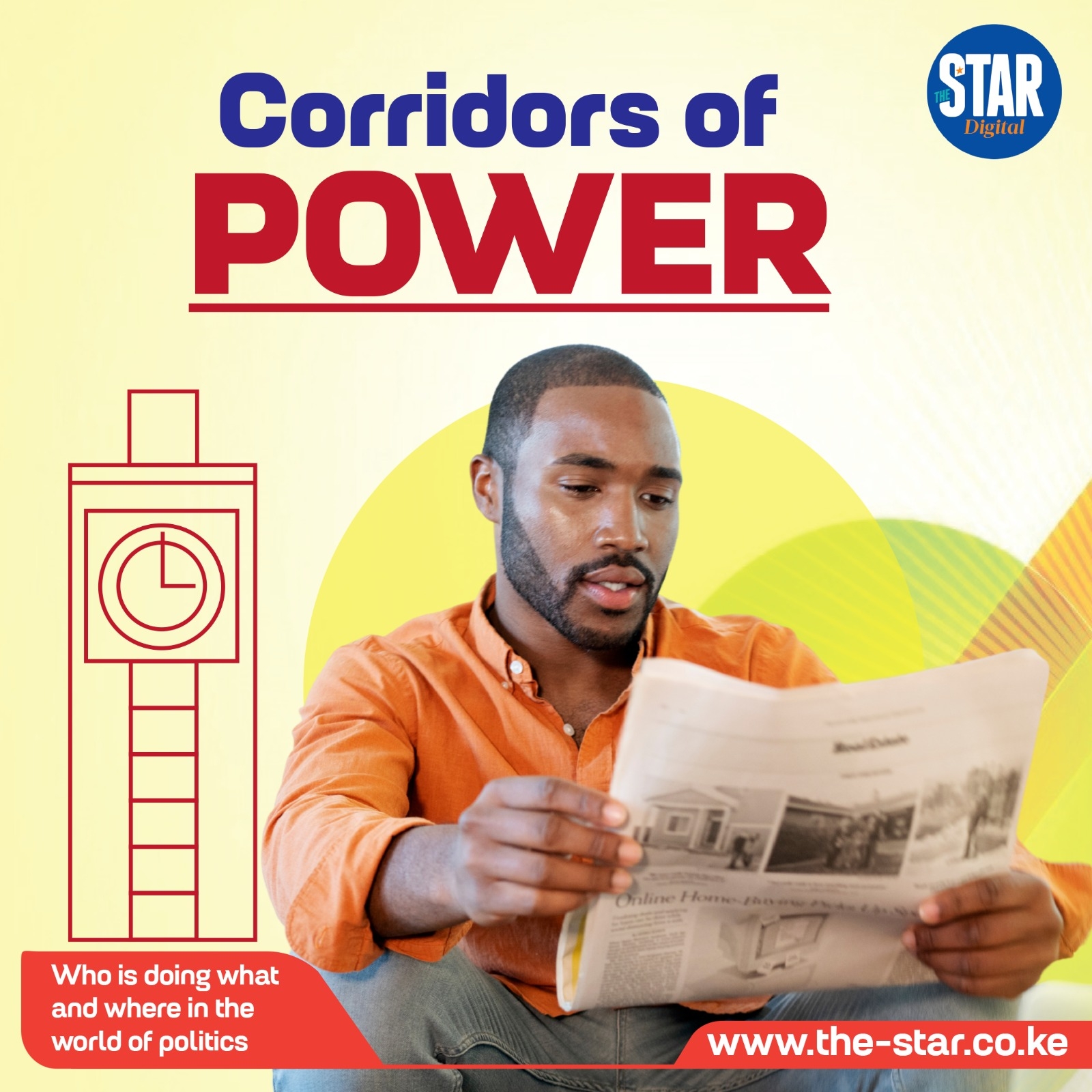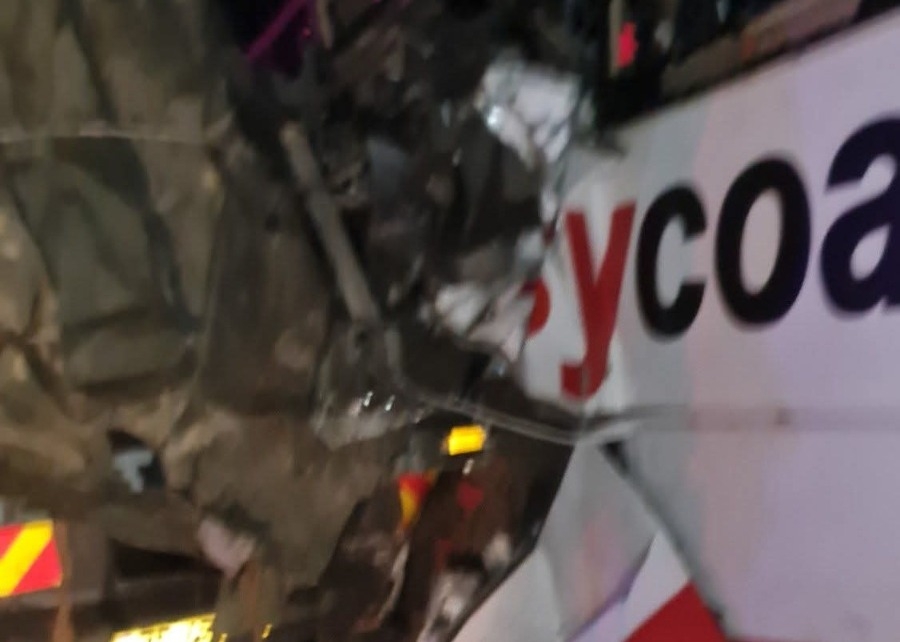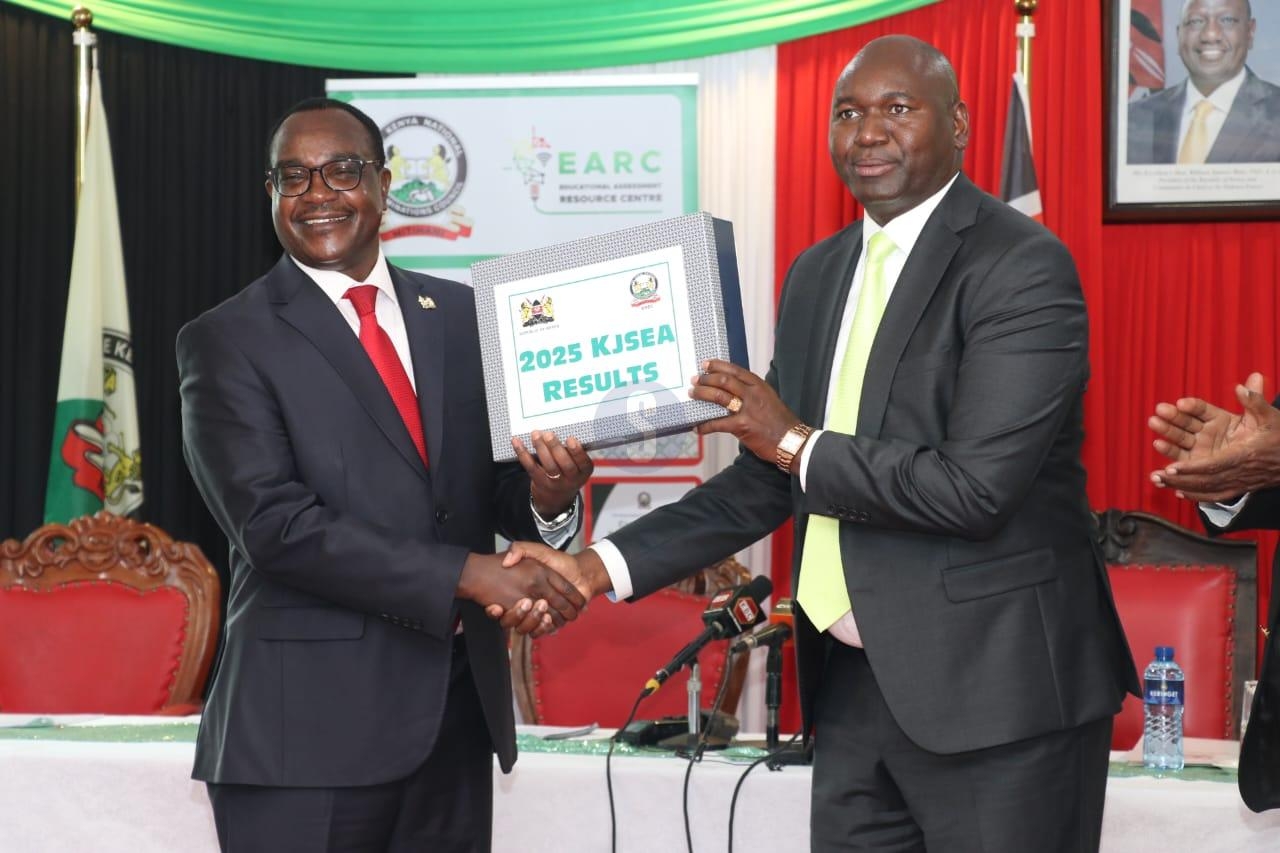
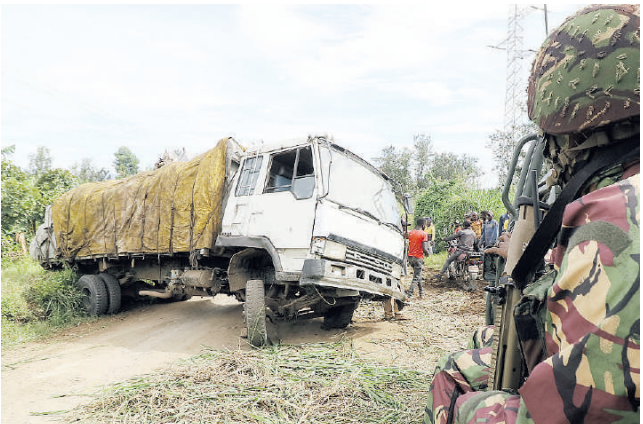
Poor roads, insecurity and tariff barriers in some countries along the Northern Corridor are slowing down cross-border trade, the authority in charge of the region now says.
This comes even as some, led by Kenya continue to improve its road, rail and water transport network and facilities, with major expansion and improved capacity at the Port of Mombasa and Kisumu’s Lake Victoria Transport network.
While the 1,700 kilometre-long corridor that runs between Mombasa (Kenya), Uganda Rwanda, Burundi and Eastern DRC remains the most preferred for transit goods by traders, it faced increasing competition from the Central Corridor.
This is the 1,300 kilometre-long Central Corridor that serves Tanzania, Rwanda, Burundi, Uganda and Eastern D.R. Congo, with an exit and entry point at the port of Dares-Salaam.
Poor infrastructure and insecurity have mainly been cited in DR Congo and South Sudan. About 63 years after independence, the second largest country in Africa (DRC) which formerly joined the East African Community (EAC) in 2022 still has few roads connecting one end of the country to the other.
“There are no roads in Congo but people are forced to go because goods still have to be delivered. The biggest challenge is you cannot plan or know how many days of when you will get there and return,” Kenya Long Distance Truck Drivers Association (LDTDA), Secretary-General, Nicholas Mbugua said during an interview with the Star.
In September this year, a Kenyan female truck driver was reported to have been abducted in DRC, which was one of many occurrences frequently reported in the country.
This came after four Kenyan truck drivers were earlier in January reported to have been shot dead under unknown circumstances in South Sudan, which led to protests where 64 others were detained for the demonstrations.
The Northern Corridor Transit and Transport Coordination Authority (NCTTCA) has since called for improved infrastructure and security, with each member country asked to implement key reforms to secure movement and cargoes.
According to the authority’s Executive Secretary John Deng, the region must ensure interconnection of road networks and modes of transport both at national and regional levels, including enhanced safety, to facilitate safe movement of people and goods.
“We must guarantee security and safety in all modes of transport and ensure the respect of international standards and regulations. In our assessment, we noted lack of harmonisation with regard to design and construction of roads, inadequate knowledge of traffic rules and regulations relating to road safety and lack of prevention and awareness Programmes on road safety,” Deng said.
There is also lack of an Independent agency with funds for the promotion of road safety in the member countries as recommended by the United Nations Resolution on Decade of Actions on Road Safety 2011-2020.
The authority has also noted outdated laws and regulations in the railway transport and within the inland waterways transport sector, lack of road readability and lack of adequate and poor quality inland port infrastructure, equipment, facilities including berthing quays, among other challenges.
It is implementing an ‘Infrastructure Development and Management (IDM) Programme’ which plans to support cross-border transport infrastructure development engagements between the member states of DRC, Uganda, Kenya and South Sudan.
It also seeks to update the Northern Corridor Infrastructure Master Plan (NCIMP); support infrastructure interventions in Inland waterways transport and promote road Safety along the Northern Corridor.
This will increase trade volumes through the corridor which is slowly regaining volumes lost to the Central Corridor.
“We are slowly recovering from the volume losses we had experienced where we are now up by about 17 per cent. It is work in progress,” Deng said, “Currently, we are also assisting our member countries in addressing various bottlenecks ranging from policies, trade facilitation and some areas of private sector investment promotion.”
Speaking during a regional forum in Nairobi, Kenya’s Roads and Transport CS Davis Chirchir said Kenya will continue heavily investing in road, rail and port infrastructure.
He said new routes along the
corridor are being explored and
developed to enhance connectivity,
which includes the Webuye – Kitale
– Kapenguria – Lodwar – Nadapal
Transit Route and the Lokichar –
Lodwar – Lokichogio transit section, which have been surveyed and
identified as critical linkages that
would complement existing routes.



